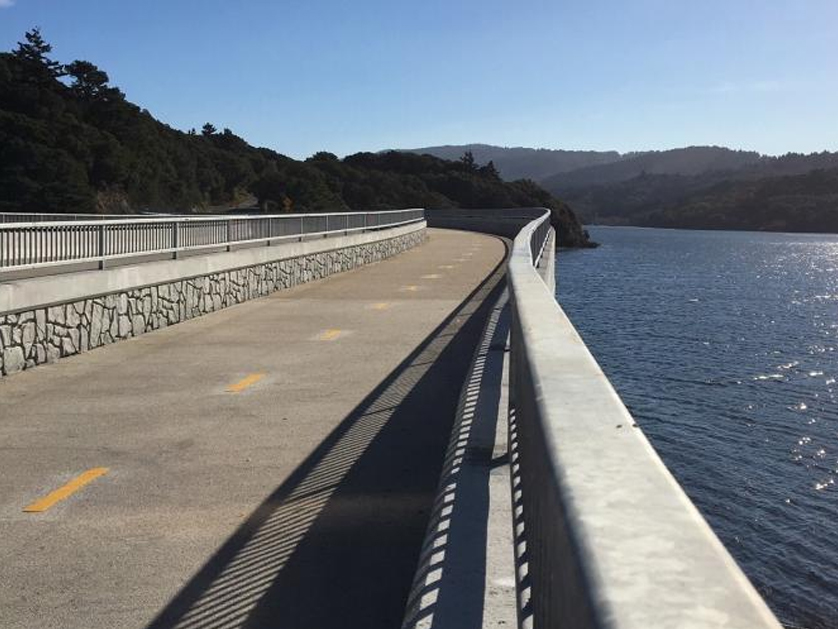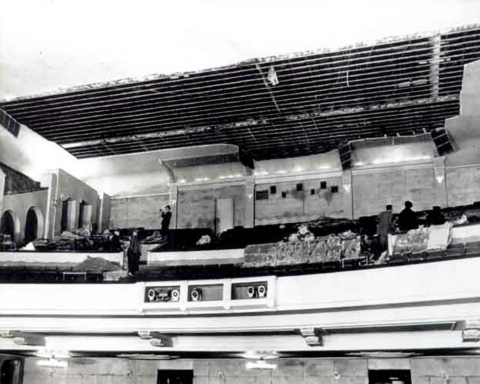Next week, for the first time since October 2010, the Crystal Springs Dam Bridge at Skyline Boulevard and Crystal Springs Road will open to traffic following a long-delayed rebuild.
County officials say the newly rebuilt 616-foot-long bridge near Sawyer Camp Trail will open to pedestrians and cyclists at 2 p.m. on Friday, Jan. 11. At that time, a ribbon-cutting ceremony will take place featuring speakers such as Sen. Jerry Hill and San Mateo County Board of Supervisor Carole Groom.
The bridge will open to motorists about 4 p.m. that day, officials said.
Its construction followed a multi-faceted dam renovation project — and it was a long time coming, with the initial expectation that the bridge would be completed in 2013.
In 2011, the San Francisco Public Utilities Commission, which owns the 130-year-old Lower Crystal Springs Dam that connects to the Hetch Hetchy Reservoir, began a $35 million upgrade as part of its Hetch Hetchy Water System Improvement Program. Completed in 2012, the dam renovation doubled the width of the dam spillway to 200 feet and raised the parapet wall above the dam by 9 feet.
The dam construction’s completion was followed by a transmission system upgrades project that took about 47 months, ending in October 2014.
The dam renovation required demolishing the 1920s-era bridge that sat atop it. The bridge’s reconstruction was, initially, expected to be completed soon after the dam renovation. The $13.1 million bridge rebuild, however, did not begin until February 2016. It was completed in October 2018. Since then, Pacific Gas & Electric Co. finished up by relocating transmission lines.
The project faced ample criticism over delays, with one blogger calling it “The World’s Longest Road Closure.”
Last fall, County Engineer Gil Tourel told the San Mateo Daily Journal that project delays had much to do with the bridge’s complicated position atop a dam connected to the region’s critical water system. Among the complications were the need for specialized equipment and techniques, and the need to protect threatened species, Tourel told the newspaper. The project also endured design changes and a temporary federal funding freeze, the article noted.
Photo credit: San Mateo County






